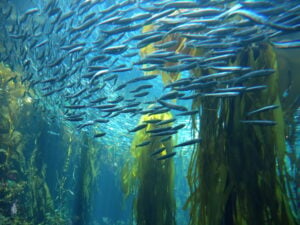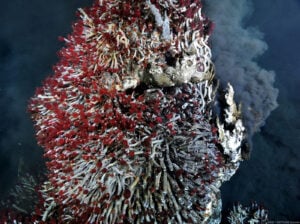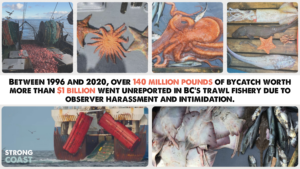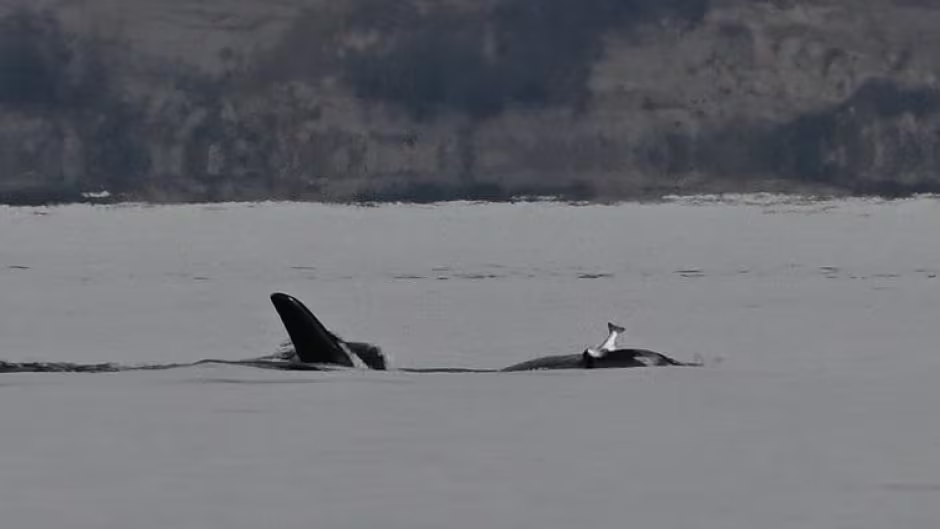
The demure “salmon hat” fashion trend has been revived by a southern resident killer whale in Puget Sound. On October 25th, researchers spotted at least one southern resident wearing a deceased salmon on its head as it swam. The orca also appeared to be snacking leisurely on its salmon hat.
First observed in 1987, the trend began when a female orca from K-pod was seen sporting a salmon on her head. Within weeks, other whales from J- and L-pods followed suit. Now, over 35 years later, the unusual activity has resurfaced. Researchers say the lull in the salmon hat trend could be linked to a decline in salmon during that time.
However, Deborah Giles, a researcher at Wild Orca, said that the area where the orcas were spotted wearing the salmon hats has experienced healthy salmon runs this year. She confirmed that all L, J, and K southern resident pods have been spotted spending a lot of time in that area feeding.
J27 Blackberry, a 32-year-old male from J-pod, was the orca photographed exhibiting the behaviour at No Point in Washington State, which is just south of Metro Vancouver. While researchers have theorized about the reason behind the fad, there remains no definitive reason why orcas do this.
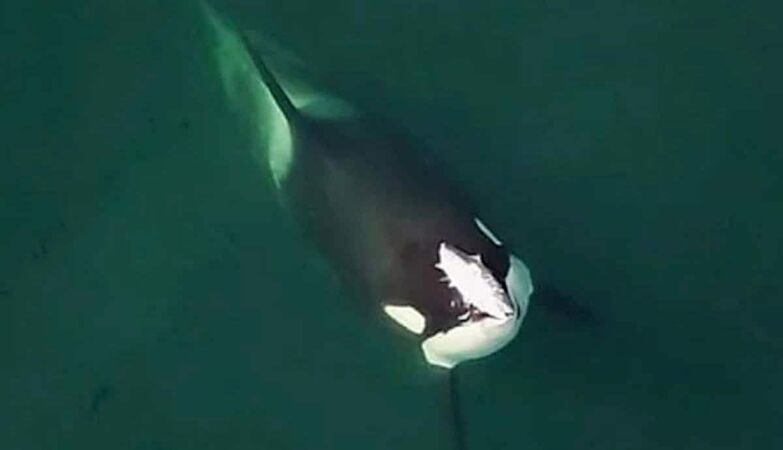
Andrew Foote, an evolution ecologist at the University of Oslo, has a different theory. According to him, it could be that some of the original orcas who took part in the fish hat fad in the eighties are still around and are simply recreating the trend from their youth.
Additionally, large runs of chum salmon in nearby waters could be providing the whales with more fish than they can immediately eat, so orcas are simply saving their next meals on their heads. Mammal-eating orcas have been seen carrying food under their pectoral fins or against their bodies, but because salmon are smaller, fish-eating southern residents may simply find it convenient to balance their meals on their heads.
Despite the lighthearted nature of this discovery, the challenges faced by southern resident killer whales remain dire. These whales are critically endangered, with the combined populations of J, K, and L-pods reduced to just 73 individuals as of the most recent census by the Centre for Whale Research. Two adult males were lost this year, and a male calf born during the census period has also died. Research consistently shows that their survival is closely tied to the availability of chinook salmon, their primary food source.
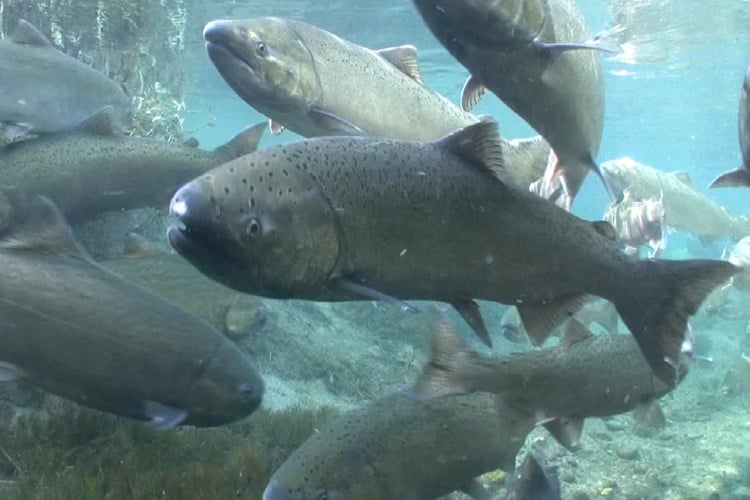
Although the revival of the fish-hat behaviour suggests some whales may be finding enough food in the short term, Giles warns this is not the case year-round. “They’re not getting enough to eat the entire year—both in the United States and Canada—and that’s a real cause for concern,” she said. Other threats, including noise pollution from vessel traffic, habitat degradation, and toxins in their environment, continue to impact their health and ability to hunt effectively.
Aside from this sighting, no other southern residents have been spotted wearing salmon hats.
Conservation measures on both sides of the border aim to mitigate these challenges. In Canada, regulations require vessels to keep a distance of at least 400 metres from killer whales along the southern coast, including key areas from Ucluelet to Campbell River, and 200 metres elsewhere.
The reappearance of the salmon-hat phenomenon offers a rare glimpse into the playful and social nature of these whales. While it has sparked fascination on social media, experts caution against allowing these moments of levity to detract from the urgent need to address the threats southern residents face. Their survival depends on protecting their habitat, restoring salmon populations, and reducing human impacts on their fragile ecosystem.


